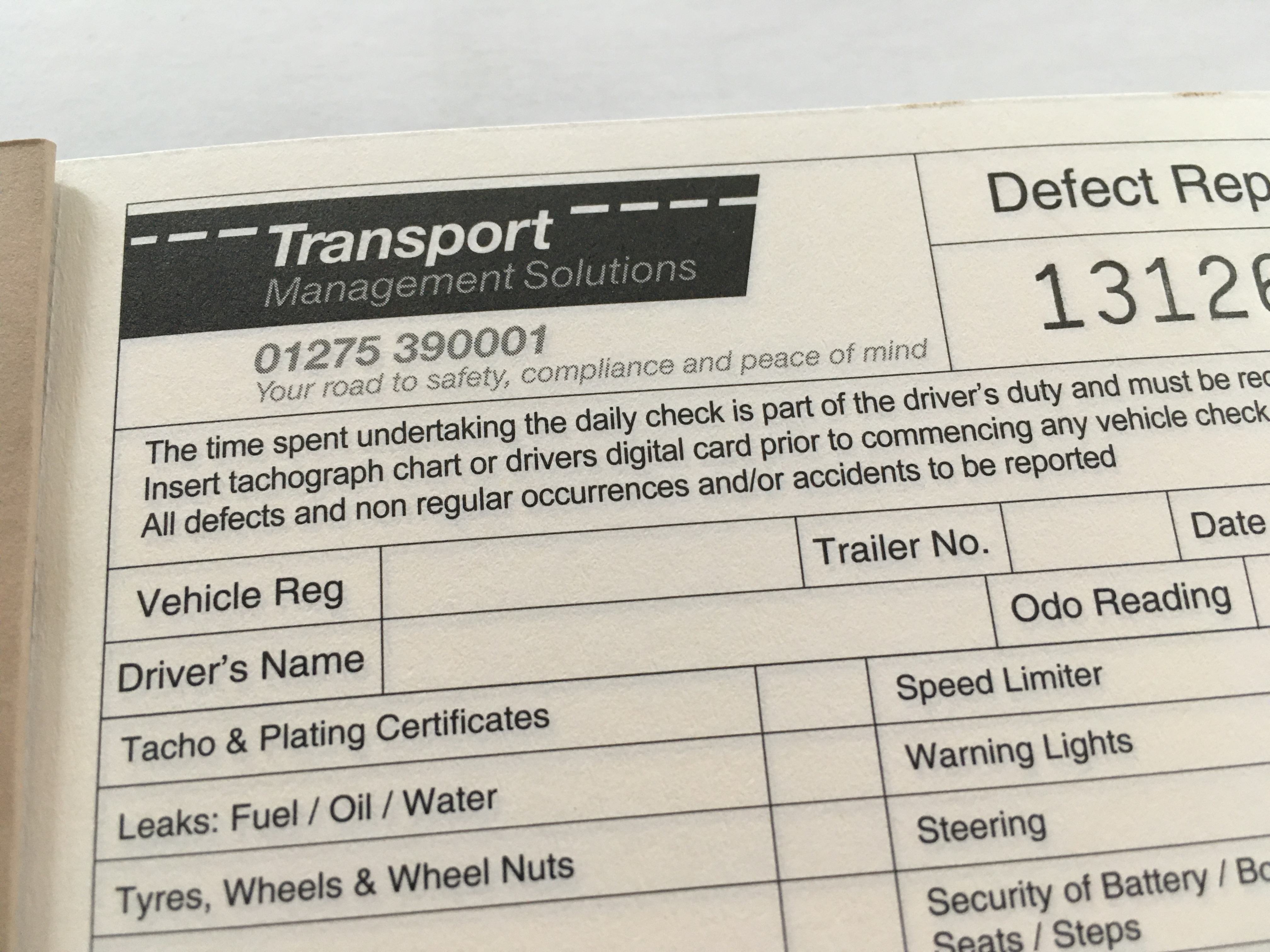
Is your system robust and fit for purpose?
In my role, I ask this question of Transport Managers several times a week and, in many cases (to their embarrassment), the answer is “no”. This not only endangers their Operators Licence but also business reputations.
In particular, I find issues with over a quarter of those I inspect and serious issues with 10% where safety-related defects are either not identified, rectified, or missed altogether due to ineffective checking of the reports returned.
The requirements are clear and laid out in the Guide to Maintaining Roadworthiness: ‘a driver or responsible person must undertake a daily walkaround check before a vehicle, or trailer is used.’
Traffic Commissioners look at it this way.
“Undertaking an effective walkaround check, acting on what is found and recording that action, is as much a part of a driver’s duties as steering the vehicle down the road.”
All too often, Transport Managers do not demonstrate their commitment to defect reporting by 1) ensuring that defect checks are completed, 2) checking the quality of the checks, and 3) acting on the reports. The normal reaction I see to a failure in the defect reporting system is to suggest a Driver Toolbox talk. It’s not a bad idea but the solution is normally something simpler. The maxim “what gets measured gets managed” is very true at this point.
Again, the Guide to Maintaining Roadworthiness recommends
‘Operators can also use tachograph analysis to monitor the time taken to carry out a walkaround check. A way of monitoring the quality of the daily check is to have a visiting agent or competent in-house member of staff re-examine the vehicle as it leaves or enters the operating centre. The inspection result can be checked against the driver's defect reports to ensure the driver's check is of sufficient quality. Another approach could be to use the safety inspection. The person carrying out the safety inspection could note which defects found should have been detected during the driver’s daily walkaround check. A review of the driver defect reports could be performed and appropriate action taken to establish why the defects were not detected during the walkaround check.’
As Transport Managers we should be committed to playing our part in improving standards in our industry. I would love to hear from like-minded people on this issue, and welcome people’s thoughts in general.

